
How to Use SEN0291: Examples, Pinouts, and Specs
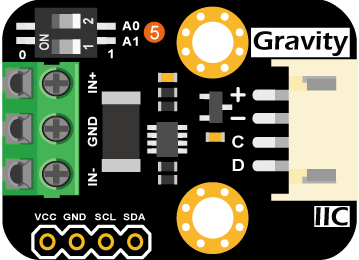
 Design with SEN0291 in Cirkit Designer
Design with SEN0291 in Cirkit DesignerIntroduction
The SEN0291 is a capacitive soil moisture sensor manufactured by DFRobot (Part ID: 25-00016131). It is designed to measure the volumetric water content in soil by detecting changes in capacitance. Unlike resistive soil moisture sensors, the SEN0291 is corrosion-resistant, ensuring long-term durability and reliability. The sensor outputs an analog voltage that corresponds to the soil's moisture level, making it easy to interface with microcontrollers such as Arduino.
Explore Projects Built with SEN0291
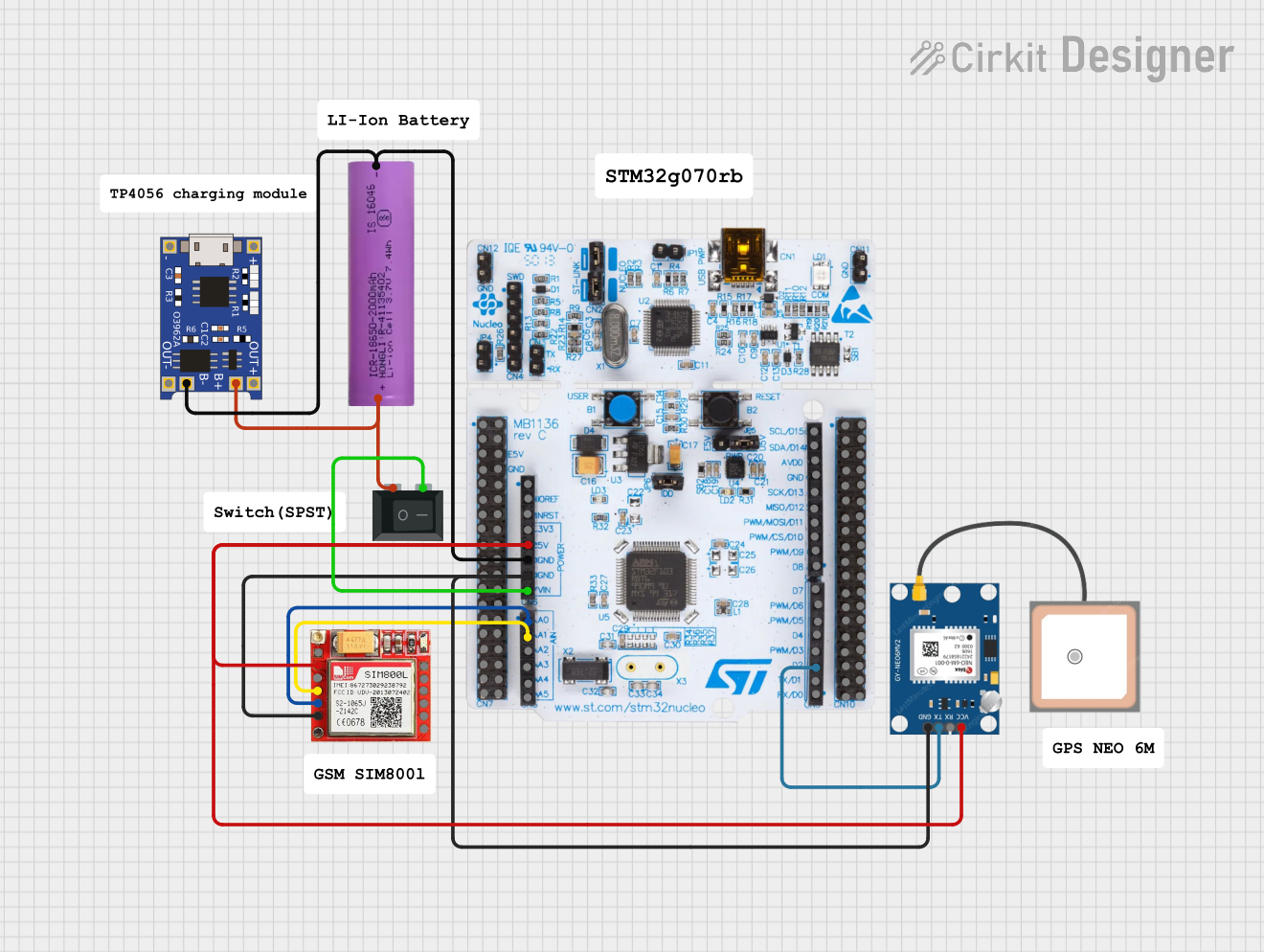
 Open Project in Cirkit Designer
Open Project in Cirkit Designer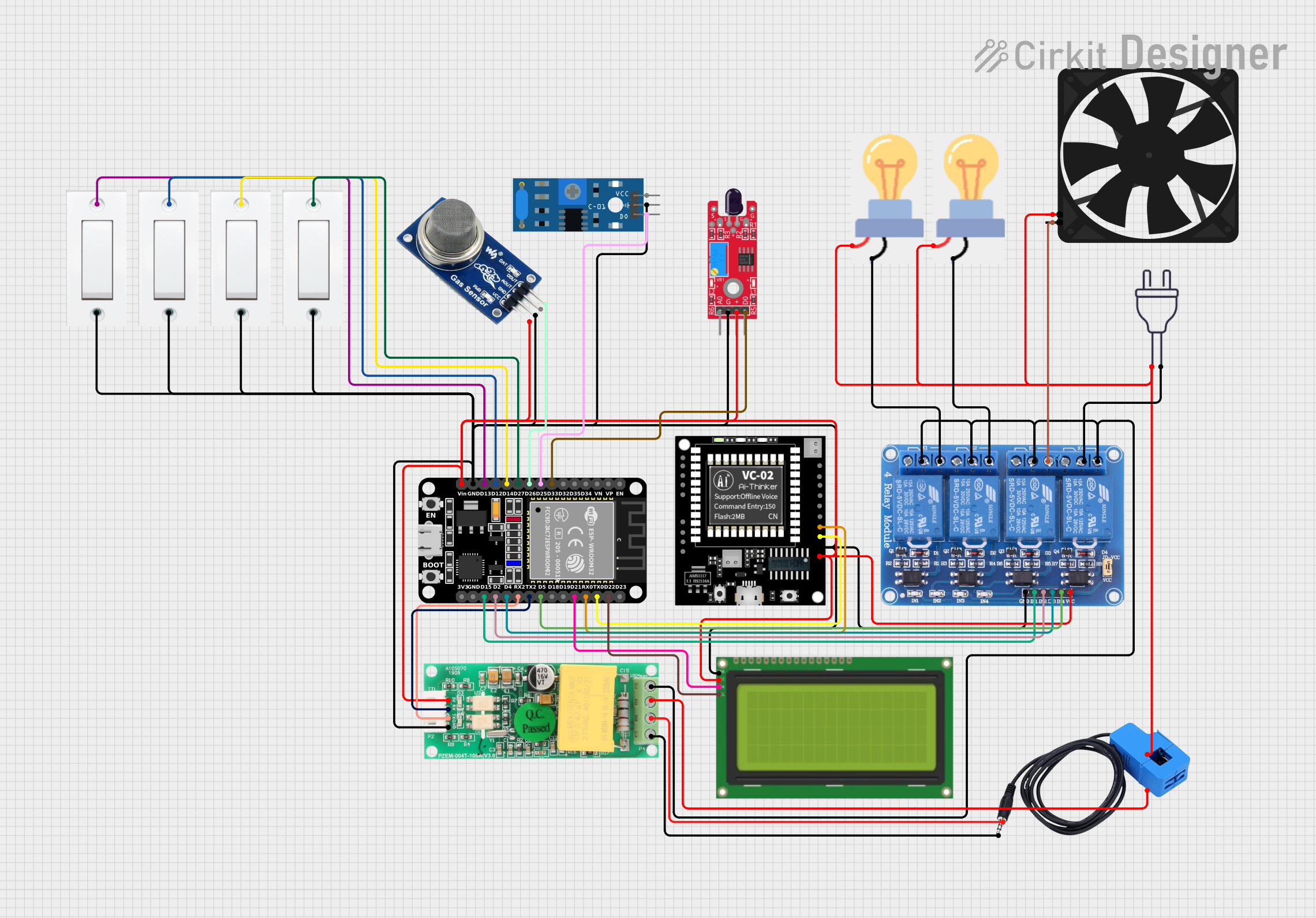
 Open Project in Cirkit Designer
Open Project in Cirkit Designer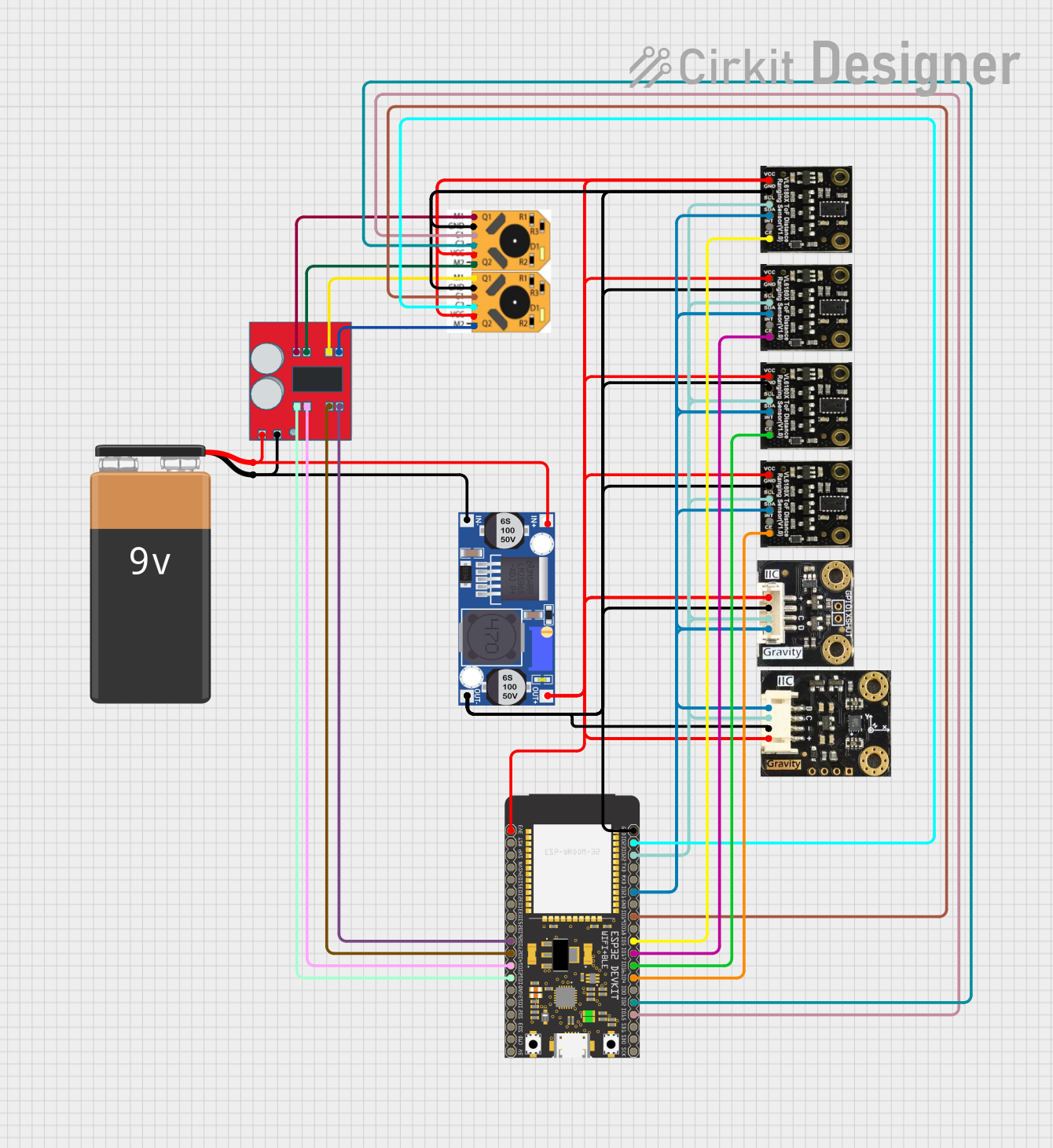
 Open Project in Cirkit Designer
Open Project in Cirkit Designer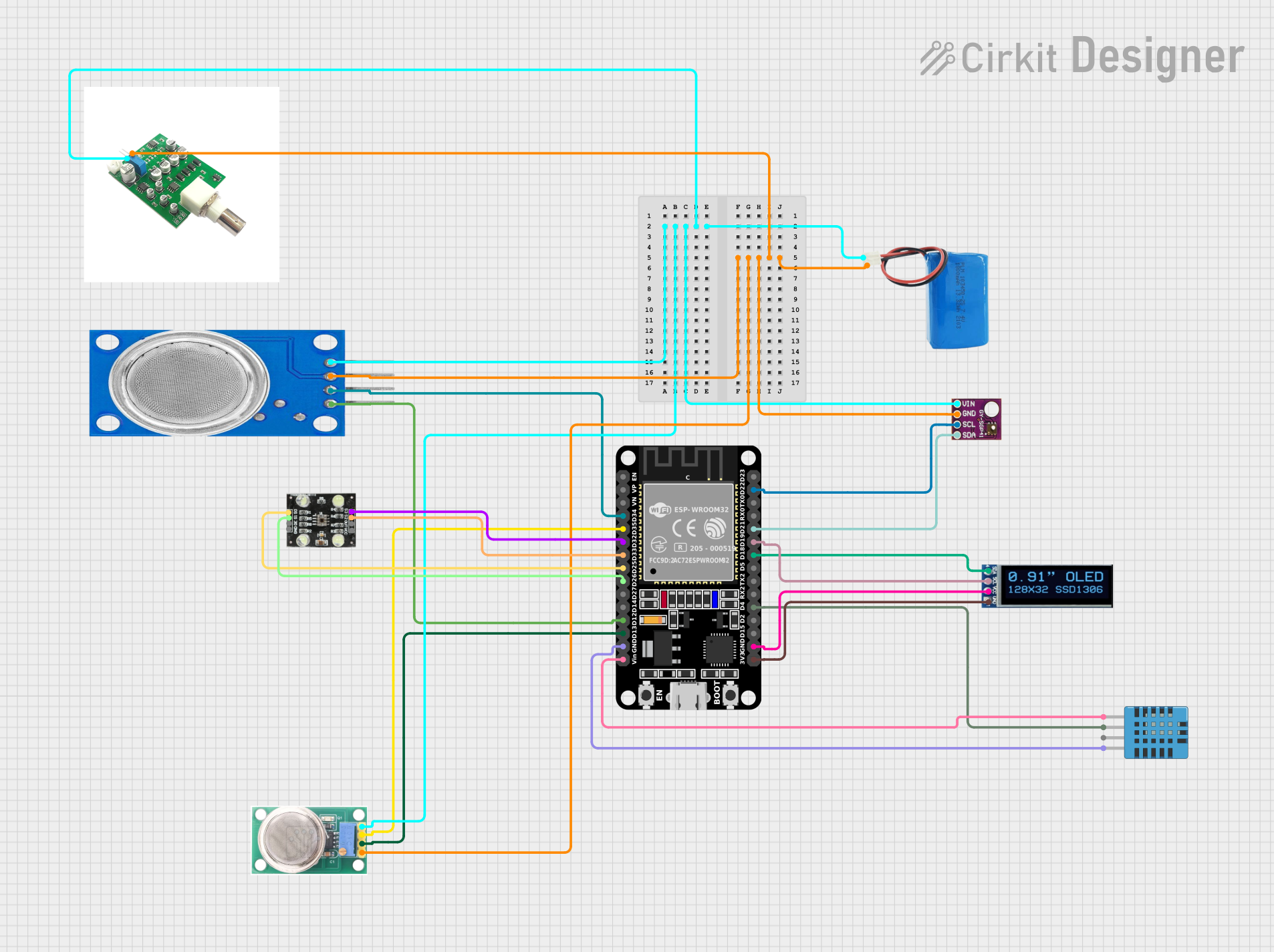
 Open Project in Cirkit Designer
Open Project in Cirkit DesignerExplore Projects Built with SEN0291

 Open Project in Cirkit Designer
Open Project in Cirkit Designer
 Open Project in Cirkit Designer
Open Project in Cirkit Designer
 Open Project in Cirkit Designer
Open Project in Cirkit Designer
 Open Project in Cirkit Designer
Open Project in Cirkit DesignerCommon Applications and Use Cases
- Smart irrigation systems
- Agricultural monitoring
- Gardening and horticulture
- Soil research and analysis
- Environmental monitoring projects
Technical Specifications
The SEN0291 is a robust and efficient sensor with the following key specifications:
| Parameter | Value |
|---|---|
| Operating Voltage | 3.3V - 5.5V |
| Output Signal | Analog voltage (0-3V) |
| Current Consumption | < 20mA |
| Measurement Range | 0% - 100% soil moisture |
| Interface Type | Analog |
| Operating Temperature | -40°C to 85°C |
| Dimensions | 98mm x 23mm |
| Weight | 15g |
Pin Configuration and Descriptions
The SEN0291 has a 3-pin interface for easy connection:
| Pin | Name | Description |
|---|---|---|
| 1 | VCC | Power supply input (3.3V - 5.5V) |
| 2 | GND | Ground connection |
| 3 | AOUT | Analog output signal proportional to soil moisture |
Usage Instructions
How to Use the SEN0291 in a Circuit
- Power the Sensor: Connect the
VCCpin to a 3.3V or 5V power source and theGNDpin to ground. - Read the Analog Output: Connect the
AOUTpin to an analog input pin on your microcontroller (e.g., Arduino). - Calibrate the Sensor: Place the sensor in dry soil and note the analog reading. Then, place it in fully saturated soil and note the reading. Use these values to map the sensor's output to a percentage scale (0% - 100%).
Important Considerations and Best Practices
- Placement: Insert the sensor into the soil vertically, ensuring the sensing area is fully covered by soil for accurate readings.
- Avoid Damage: Do not bend the sensor or apply excessive force during installation.
- Waterproofing: The sensor is designed to be water-resistant, but avoid submerging the entire sensor in water.
- Signal Noise: Use a capacitor (e.g., 0.1µF) between the
AOUTpin and ground to reduce noise in the analog signal.
Example Code for Arduino UNO
Below is an example of how to use the SEN0291 with an Arduino UNO to read soil moisture levels:
// Define the analog pin connected to the sensor's AOUT pin
const int sensorPin = A0;
// Variable to store the sensor reading
int sensorValue = 0;
void setup() {
// Initialize serial communication for debugging
Serial.begin(9600);
}
void loop() {
// Read the analog value from the sensor
sensorValue = analogRead(sensorPin);
// Map the sensor value to a percentage (0% - 100%)
int moisturePercent = map(sensorValue, 0, 1023, 0, 100);
// Print the moisture percentage to the Serial Monitor
Serial.print("Soil Moisture: ");
Serial.print(moisturePercent);
Serial.println("%");
// Wait for 1 second before the next reading
delay(1000);
}
Troubleshooting and FAQs
Common Issues and Solutions
No Output or Incorrect Readings:
- Ensure the sensor is properly connected to the power supply and ground.
- Verify that the
AOUTpin is connected to an analog input pin on the microcontroller. - Check for loose or damaged wires.
Fluctuating or Noisy Readings:
- Add a decoupling capacitor (e.g., 0.1µF) between the
AOUTpin and ground to stabilize the signal. - Ensure the sensor is inserted firmly into the soil.
- Add a decoupling capacitor (e.g., 0.1µF) between the
Sensor Not Responding in Wet Soil:
- Confirm that the sensor is not submerged in water beyond its sensing area.
- Check for physical damage to the sensor.
FAQs
Q: Can the SEN0291 be used in saline soil?
A: Yes, the SEN0291 is resistant to corrosion and can be used in saline soil. However, calibration may be required for accurate readings.
Q: How deep should the sensor be inserted into the soil?
A: The sensor should be inserted so that the sensing area is fully covered by soil. Avoid burying the entire sensor.
Q: Can I use the SEN0291 with a 3.3V microcontroller?
A: Yes, the SEN0291 operates within a voltage range of 3.3V to 5.5V, making it compatible with 3.3V microcontrollers like the ESP32.
Q: How do I clean the sensor?
A: Gently wipe the sensor with a damp cloth to remove soil residue. Avoid using abrasive materials or submerging the sensor in water.